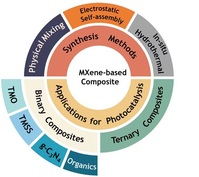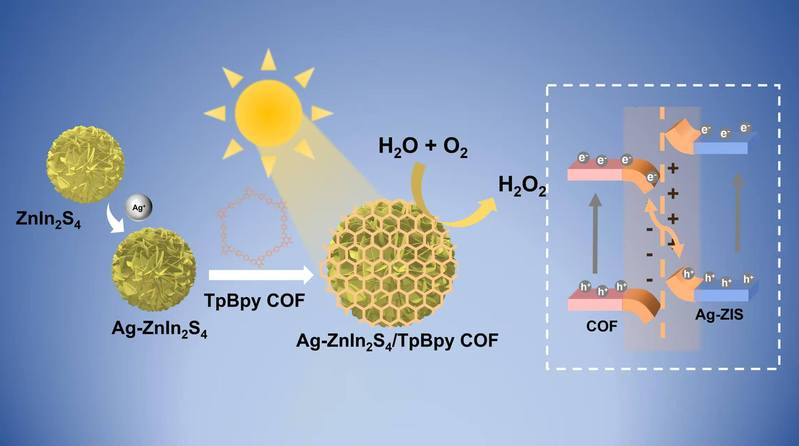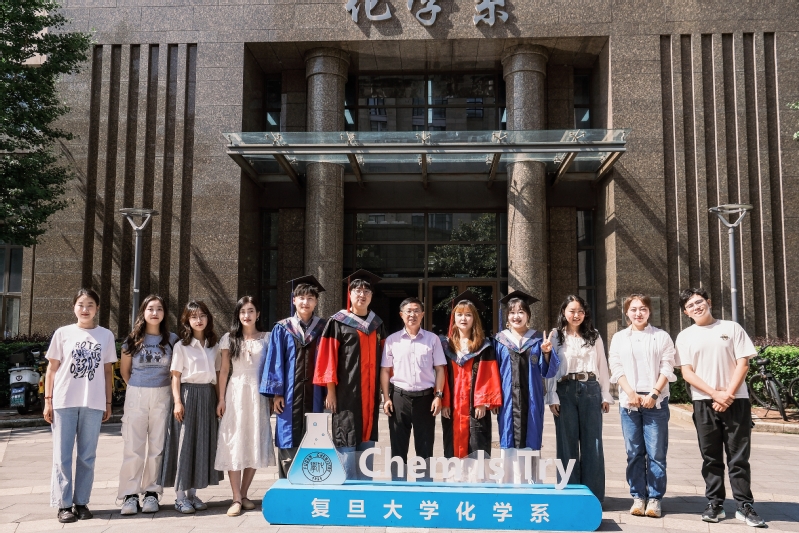The energy crisis has already seriously affected the daily lives of people around the world. As a result, designing efficient catalysts for photocatalytic hydrogen evolution is a promising strategy to energy supply. Co-catalyst modification can significantly enhance the photocatalytic activity of single semiconductors, overcoming limitations posed by their narrow visible light absorption range and high electron-hole recombination rate. MXene-based composites demonstrate immense potential as co-catalysts for photocatalytic hydrogen production owing to their distinctive two-dimensional layered structure and outstanding photoelectrochemical properties, and further research and development efforts surrounding MXene-based composites will contribute significantly to the progress of sustainable energy technologies. In this review, we offers a comprehensive overview of synthesis methods for MXene and MXene-based composites, highlights illustrative instances of binary and ternary MXene-based composites in photocatalytic hydrogen evolution, and explores potential avenues for future research and expansion of MXene-based composites.

文章链接:https://doi.org/10.1088/1361-6463/ad7470
附件:
 Wei-Lin Dai Group
Wei-Lin Dai Group



